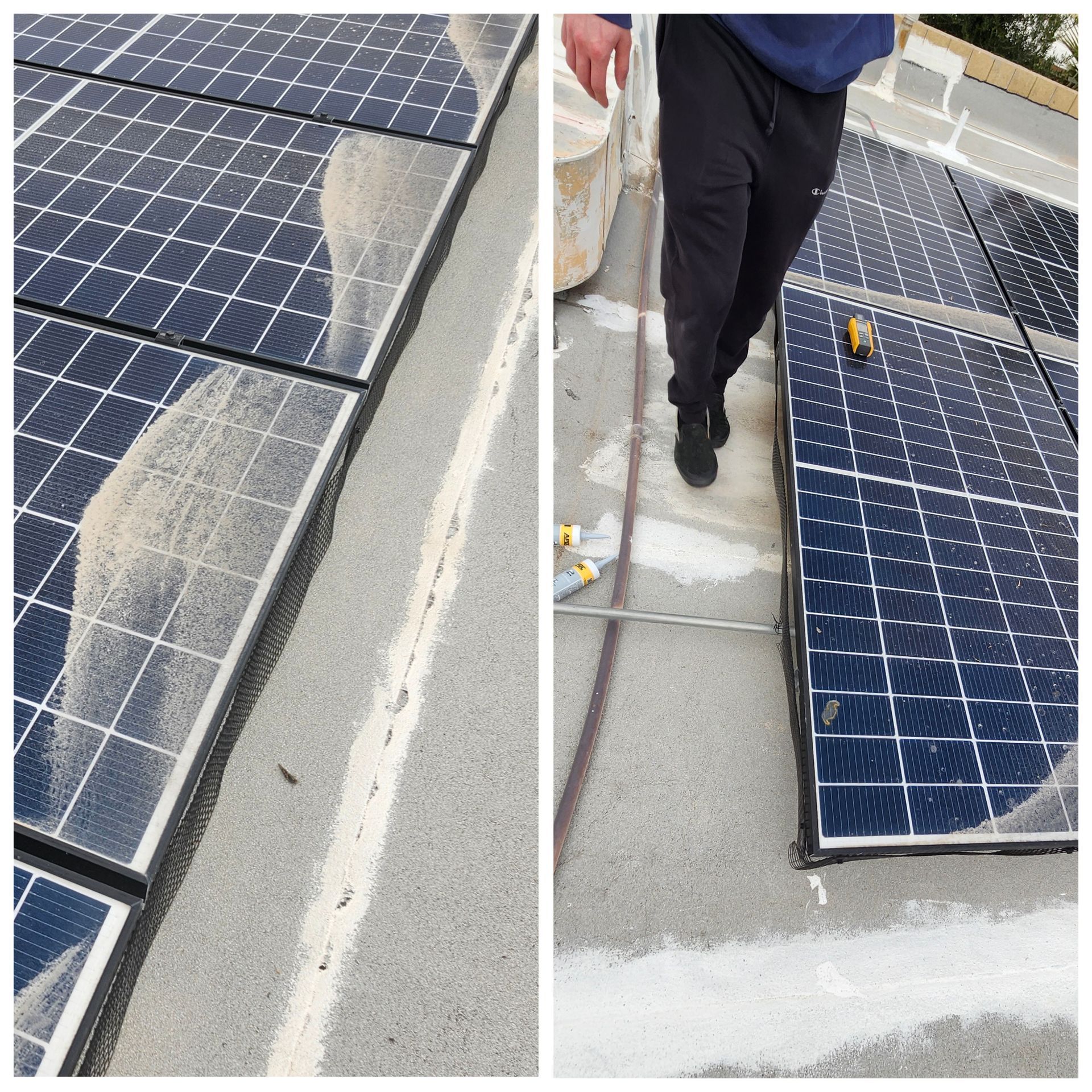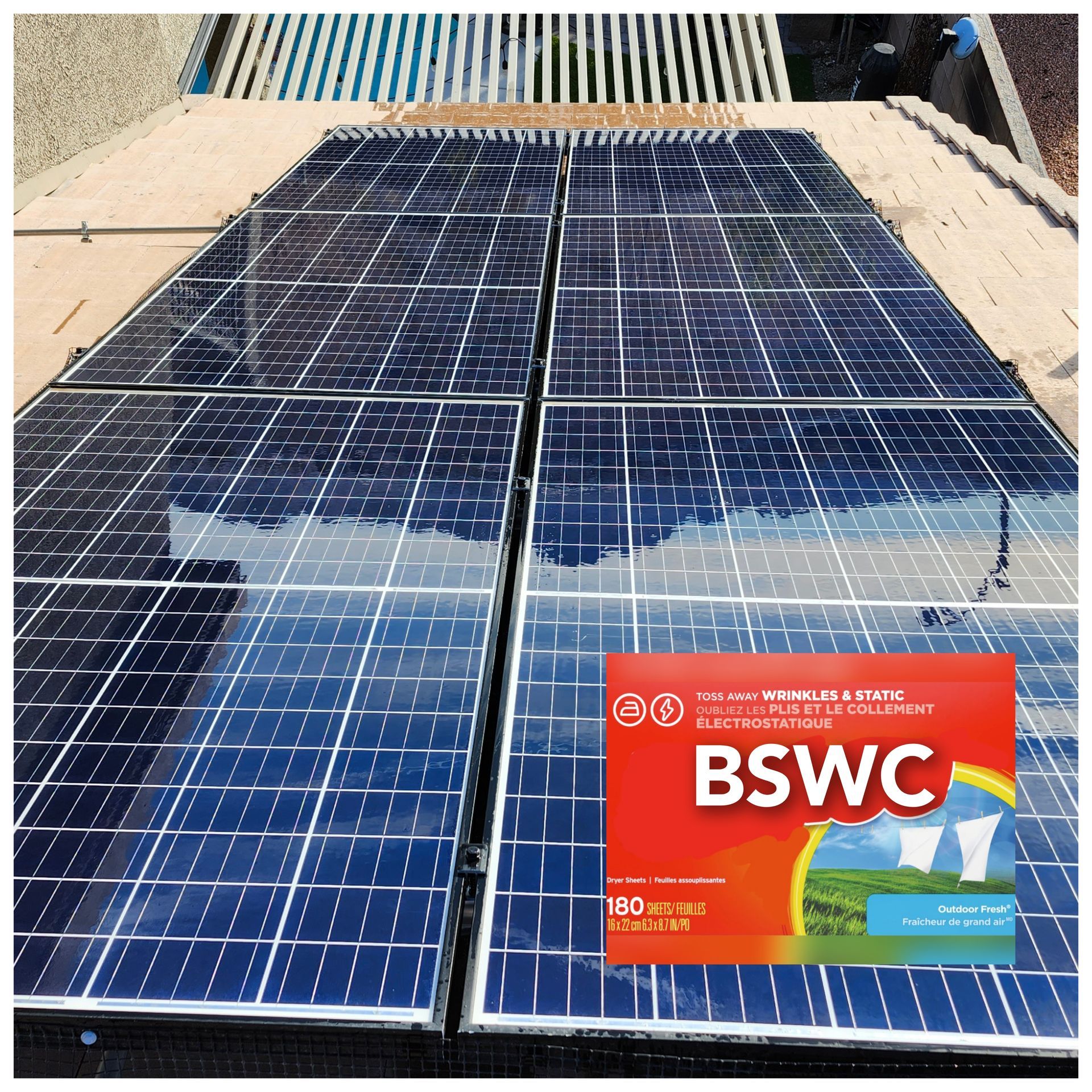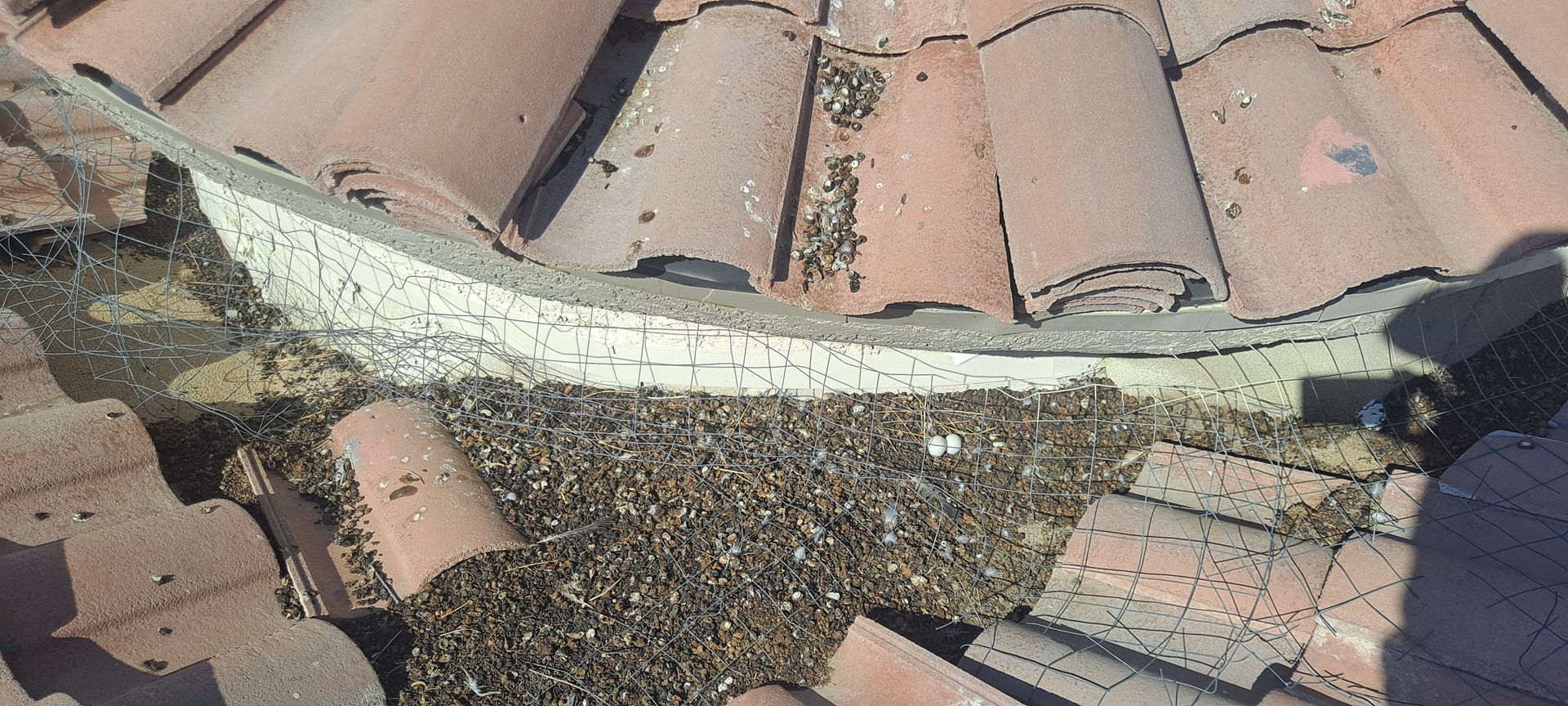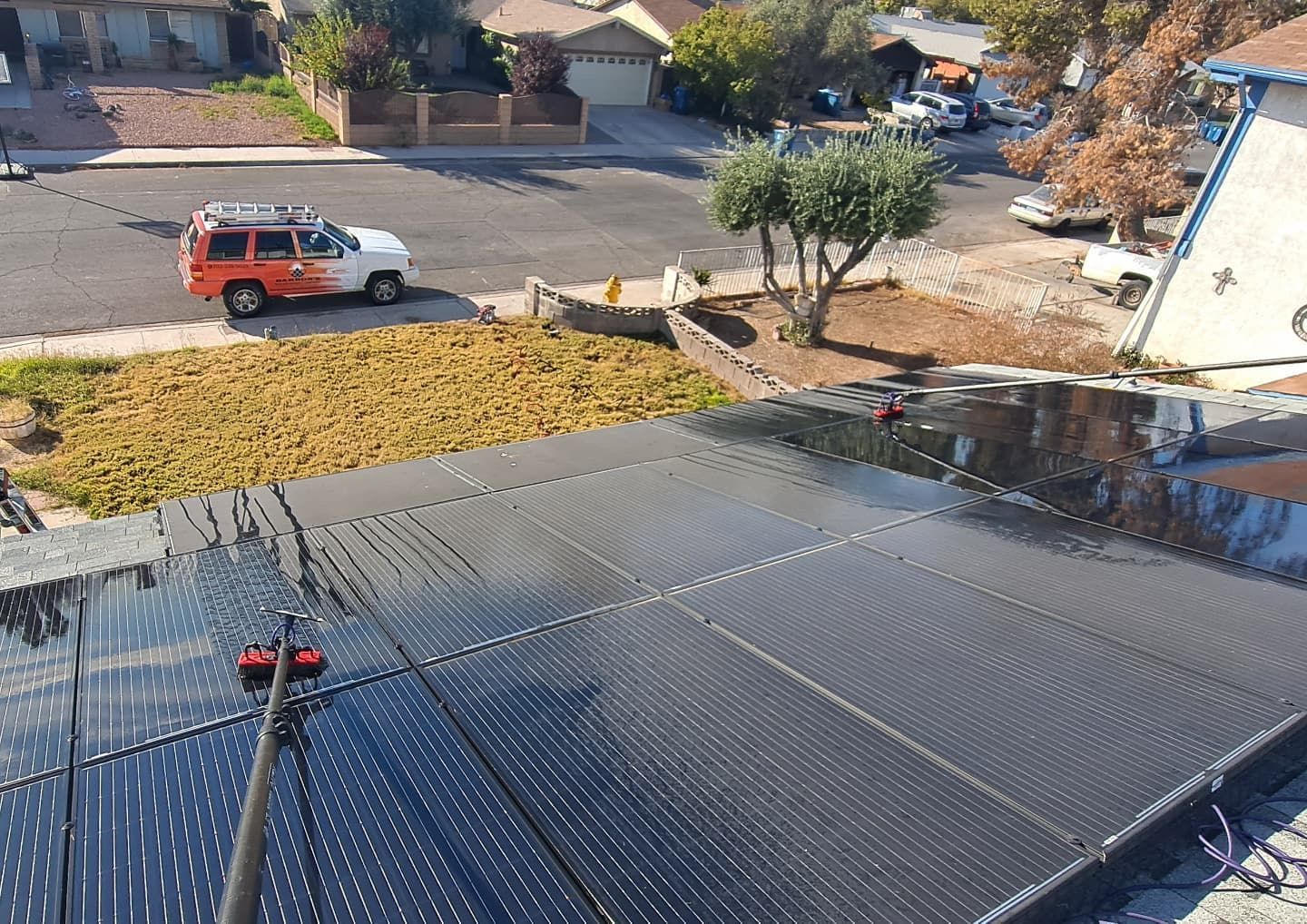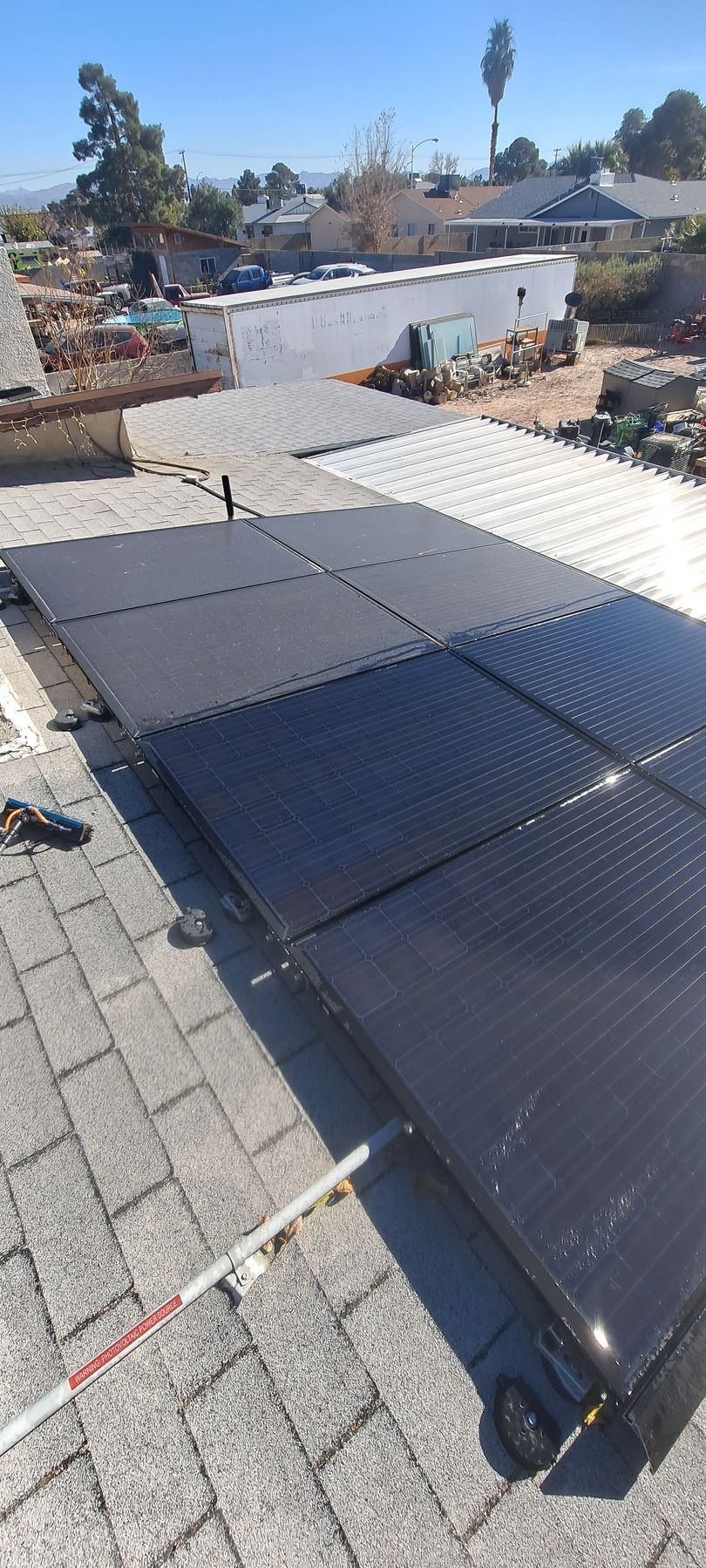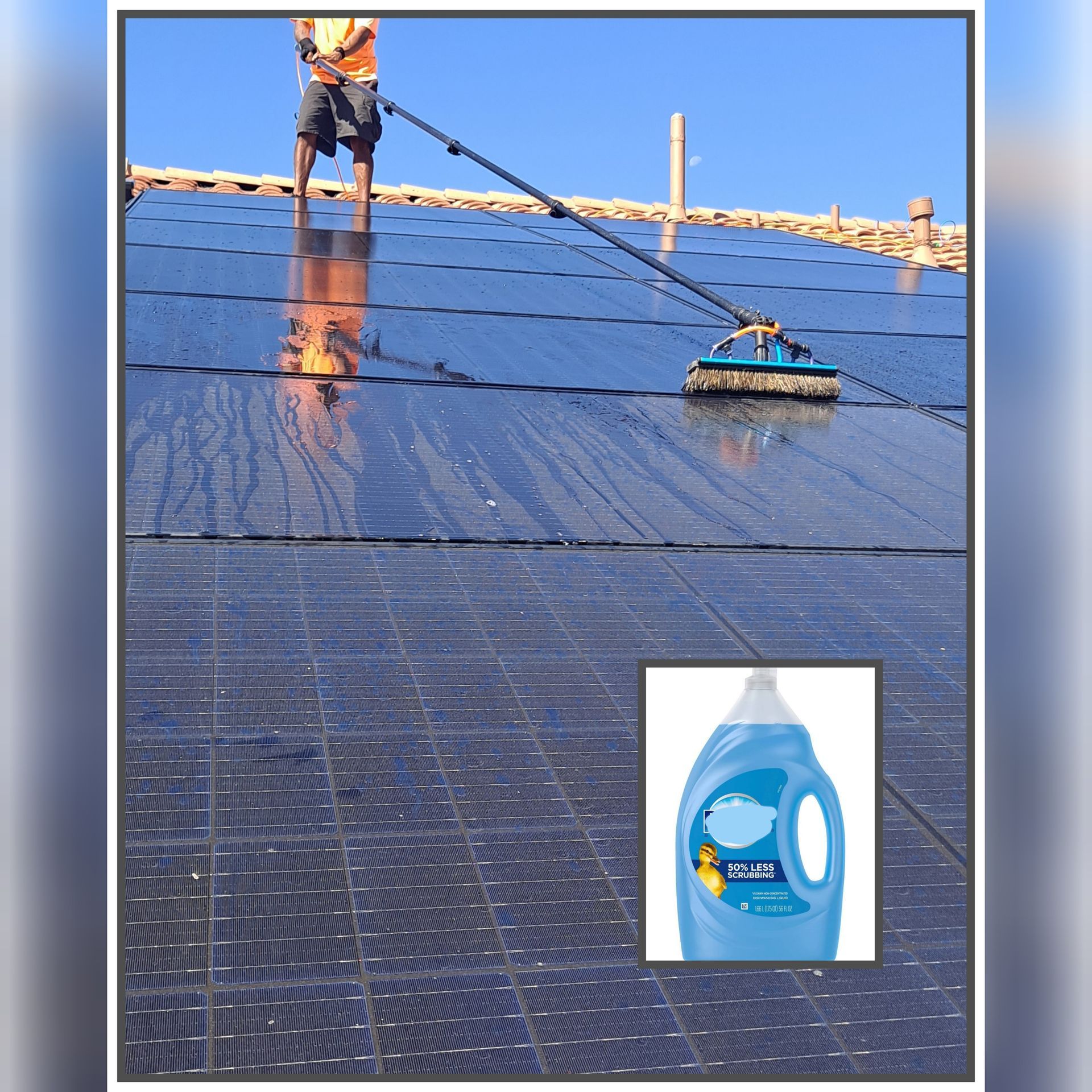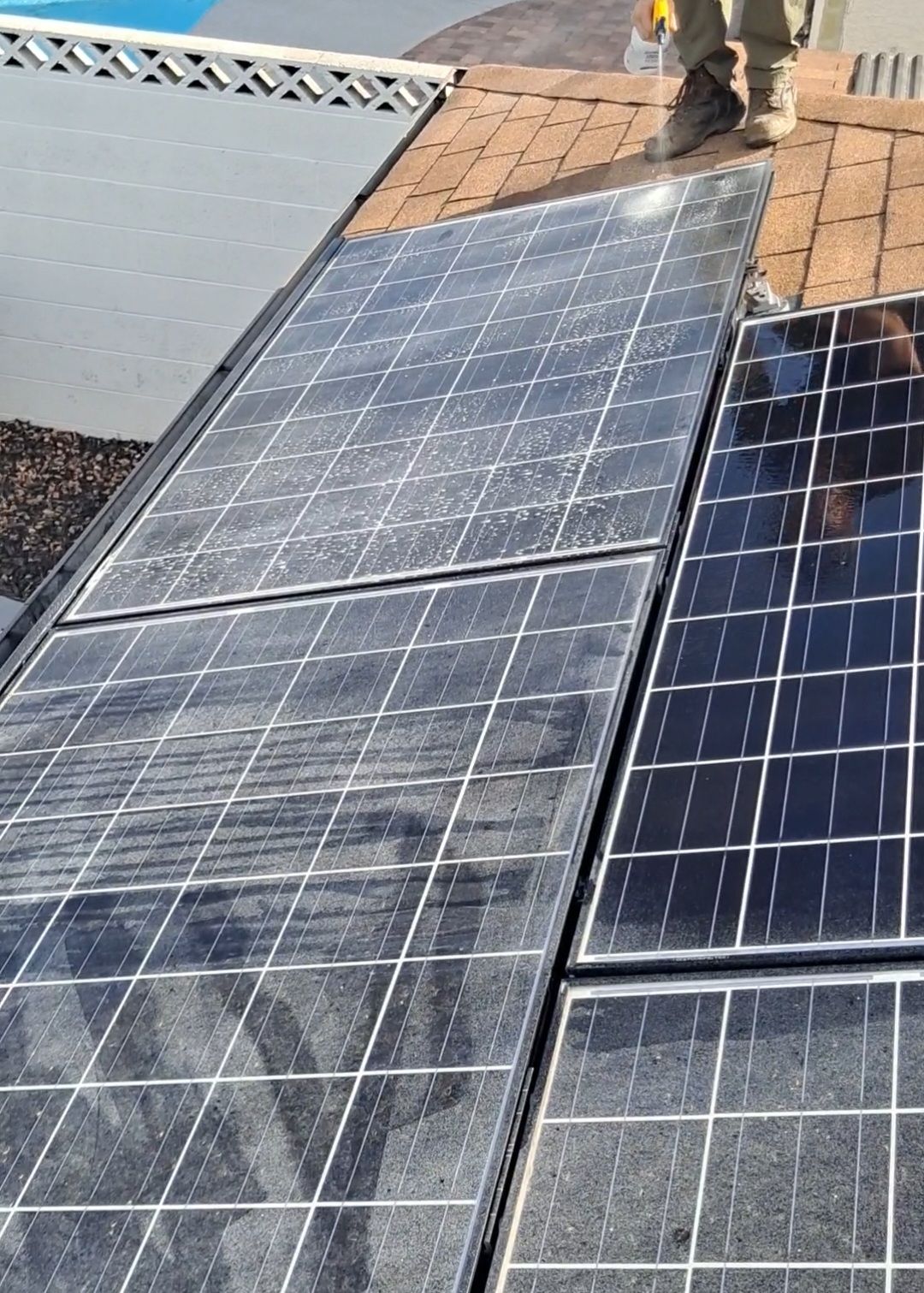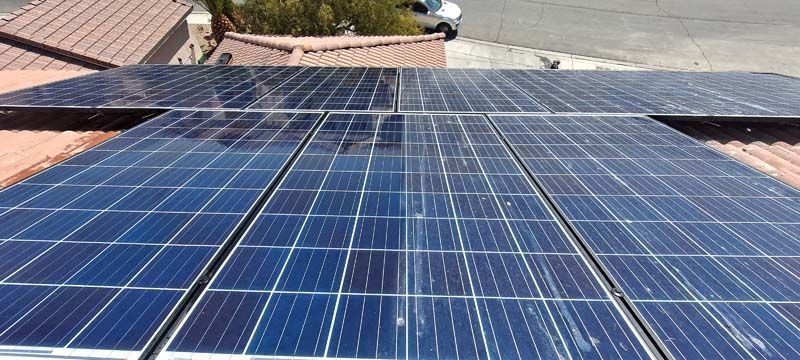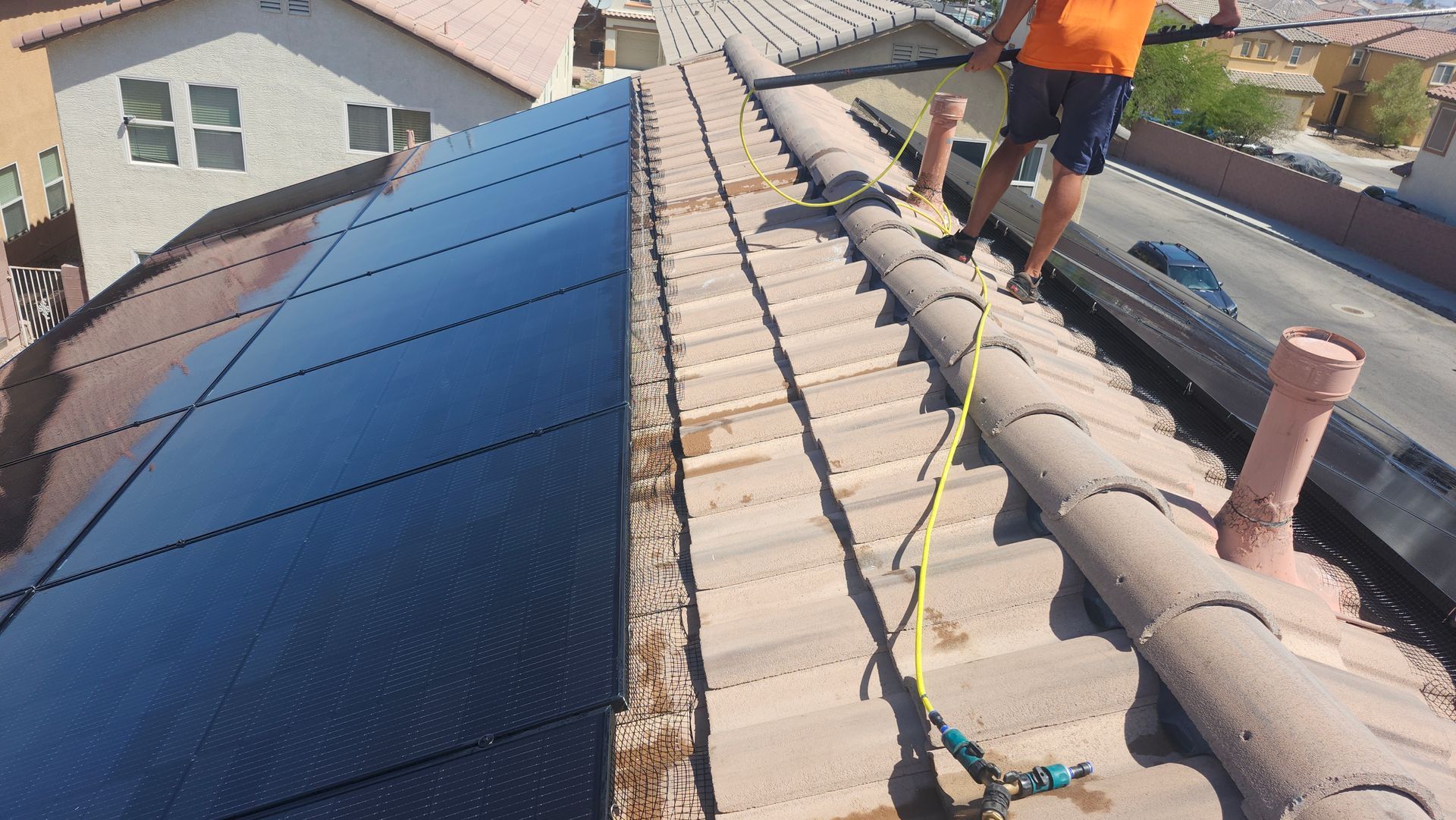4 Important Numbers That Should Be Checked During a Residential Solar Panel Inspection
Temperature Coefficient
The temperature coefficient tells you in a percentage per degree Celsius, how much power a solar panel will lose when the outside temperature increases by 1 degree over 77° F. Peak efficiency is between 59° F and 95° F. per IEC standards all panels are tested at 77° F.
For example, if a solar panel has a temperature coefficient of -.38 per 1 degree Celsius and the outside temp is 82° F. then the solar panel’s efficiency would decrease by 1.14%
It also works the other way. If the outside temperature is less than 77° F, say by 3 degrees. Then that solar panels efficiency would increase by 1.14%.
Why is this important? Knowing the temperature coefficient allows you to understand how much you’re absorbing or losing due to the conditions for that season, day, and time. After recording this data for a year or more, you will start to understand how weather effects your panels and when to expect the losses or gains.
Solar Irradiance
Is the measurement of the sun’s intensity over a certain area. it is commonly defined as being an average intensity of 1 kW/m2 also known as Peak Sun Hours. Peak Sun Hours” (PSH) is the number of hours in time that the full sun solar irradiance light level was received at the panels surface at a measurement of 1 kW/m2. The higher the solar irradiance per unit area, the more solar generated electricity can be produced.
If the sun’s energy is falling at 700 W/m2 for 6 PSH per day.
700 W/m2 X 6 hours = 4200 Wh/m2 or 4.2 kWh/m2 = 4.2 PSH
Why is this important? Your PSH can be factored with a single solar panel’s watts, to see how many panels you need to power your house at different times of the seasons. This allows you to see how much excess electricity you have or may need throughout the year.
If you needed 1000 watts a day of solar energy to run the house, and you have a 200-watt panel.
200 watts X 4.2 PSH = 840 Wh/day
In this case you would need two 200-watt panels to run the house.
Of course, this measurement is only for one part of the year, and these are perfect world numbers. There are many variables that will determine the requirements of the solar panel to power a home. You will need a certain number of panels in one part of the year that will be different in another. But it gives a good base for what is required.
Tilt and Orientation
The angle or tilt of the solar panels can affect the amount of energy it can absorb and is based on two factors latitude and season. For the solar panels to produce the maximum amount of energy, they must be positioned perpendicular to the sun. for the best performance, a simple rule of thumb is to add 15° to your latitude in the winter and subtract 15° in the summer. The orientation is also very important. In the Northern Hemisphere, the solar panels should face Solar or Geographic South, which is the direction towards the South Pole. This is the best direction for them to receive the maximum amount of direct light throughout the day.
Why is this important? While it is unreasonable, difficult, and downright crazy to change the angle of your roof mounted solar panels every time the seasons change. And not considering the other many factors such as roof pitch, temperature, and obstructions. Knowing the tilt and orientation of the panels will let you know if you are on the right track to optimum energy absorption at the right time.
If you’re in the Las Vegas, Henderson, or Boulder City Nevada area and would like help obtaining any of these numbers or would like more information. Give us a call and take advantage of our free inspection with every wash.

